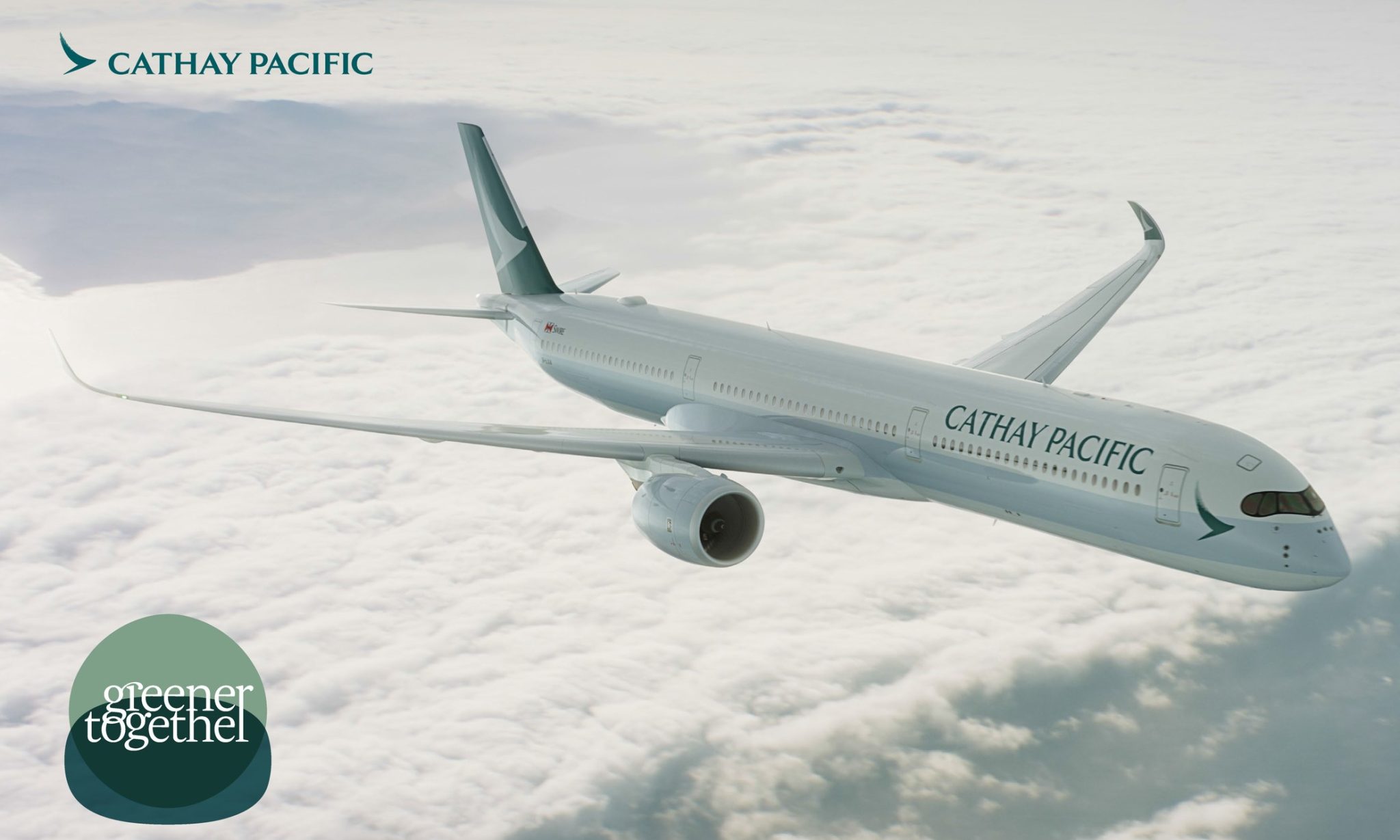Two of Asia's leading airlines, Cathay Pacific and Singapore Airlines (SIA), have signed a Memorandum of Understanding (MoU) to collaborate on a range of sustainability initiatives. This partnership signifies a significant step towards reducing the environmental impact of air travel in the Asia-Pacific region.
The core focus of the collaboration lies in advocating for the development and wider adoption of Sustainable Aviation Fuel (SAF). SAF is a biofuel derived from renewable sources such as plant oils and waste feedstocks. It offers a significantly lower carbon footprint compared to traditional jet fuel, making it a crucial tool in decarbonizing the aviation industry.
Cathay Pacific, a forerunner in sustainable practices within Asia, has already set an ambitious target of incorporating 10% SAF into its total fuel consumption by 2030. This MoU with SIA paves the way for a more unified approach, with both airlines working together to raise public awareness about the benefits of SAF. Additionally, they plan to lobby for supportive government policies within the region that incentivize the production and use of SAF.
Furthermore, the MoU emphasizes the importance of knowledge sharing and best practices. Cathay Pacific and SIA will exchange expertise on various sustainability initiatives, allowing them to optimize their environmental performance. This collaborative effort can encompass optimizing flight operations, implementing fuel-efficient technologies on aircraft, and exploring greener solutions for ground handling services.
The partnership between these two major airlines holds immense potential to accelerate the transition towards a more sustainable aviation industry in the Asia-Pacific region. By working together, Cathay Pacific and SIA can create a powerful voice advocating for policy changes that promote the use of SAF and encourage wider industry adoption of environmental best practices. This collaboration serves as a positive example for other airlines in the region, demonstrating the collective action needed to achieve significant progress on the path to greener skies.

